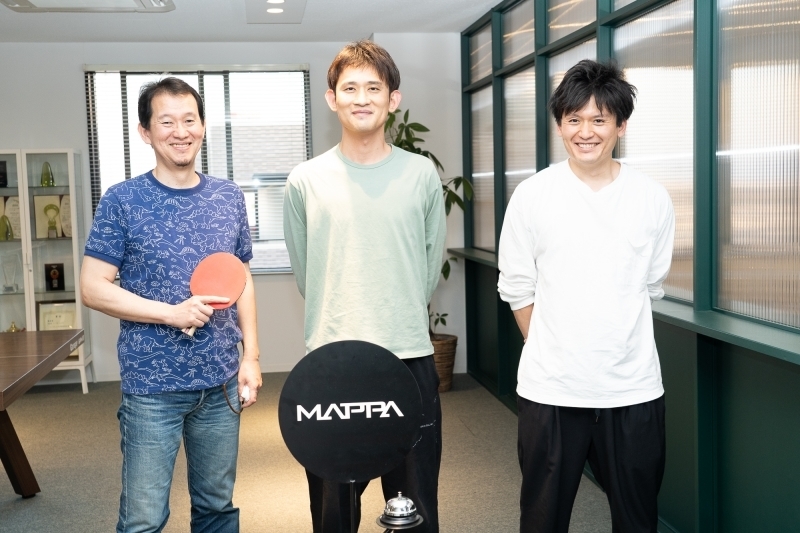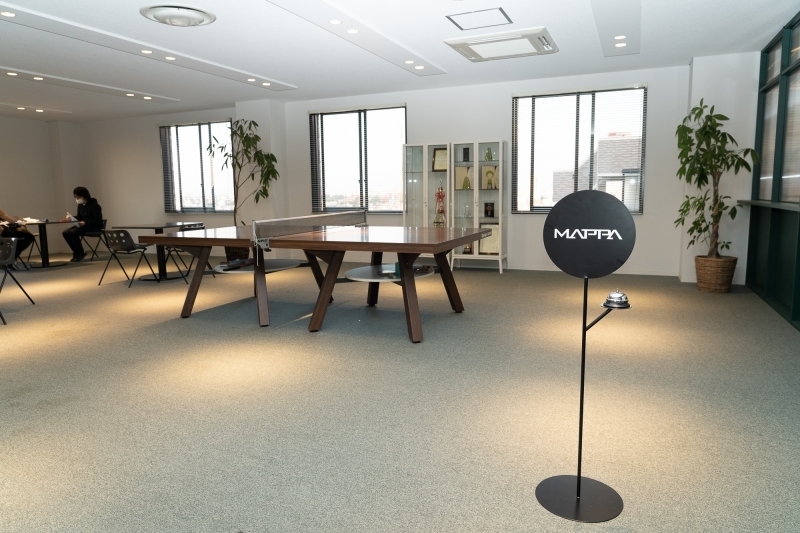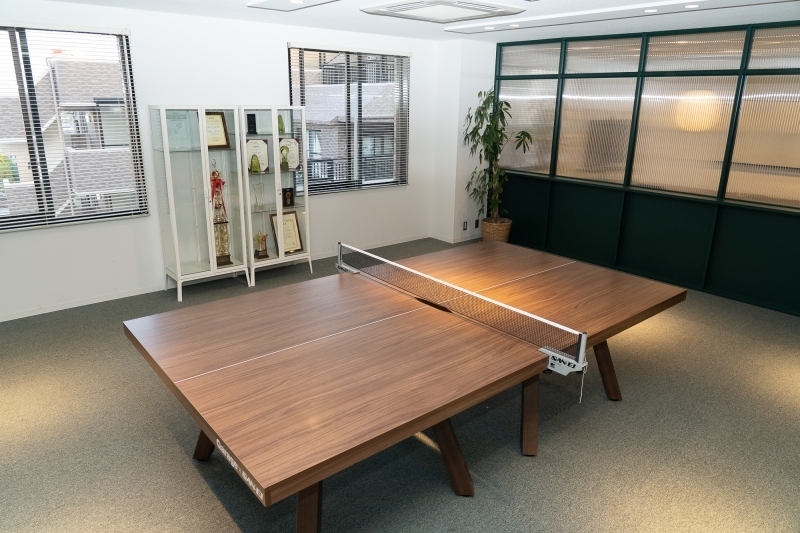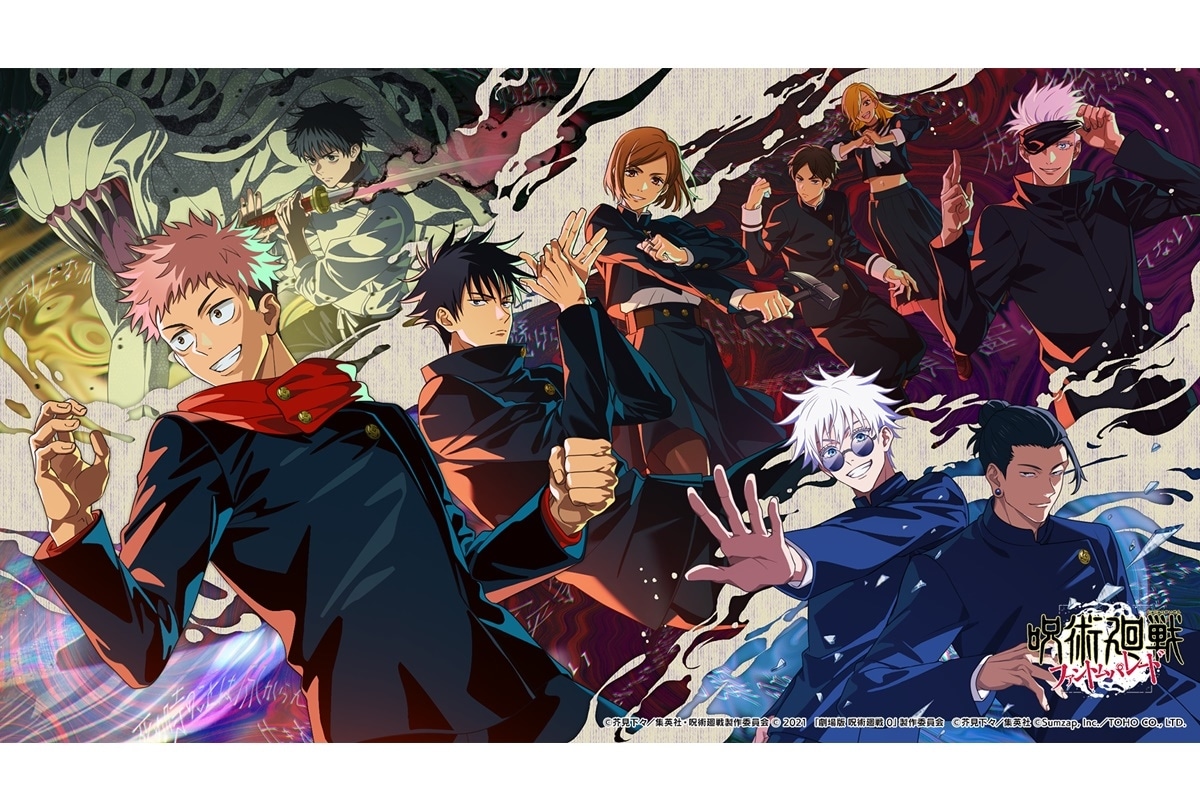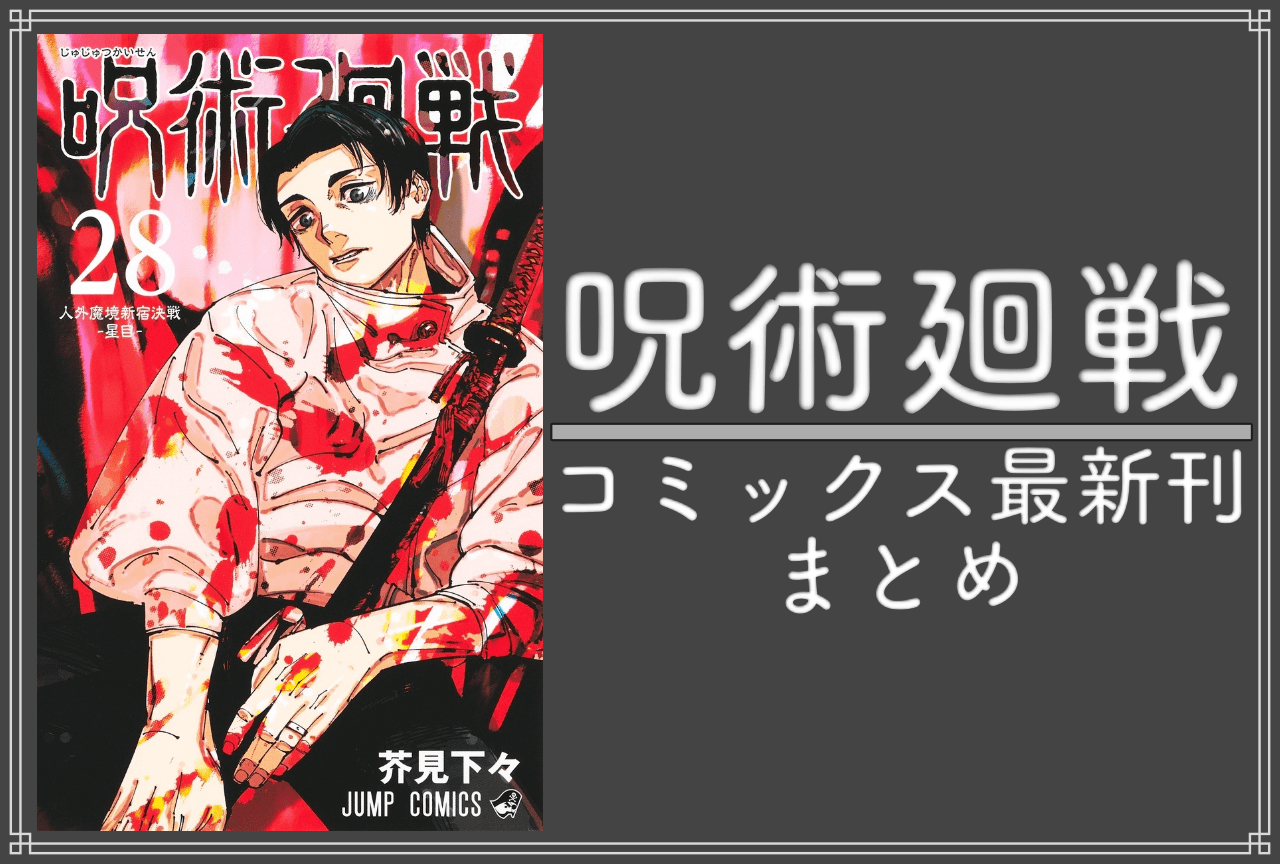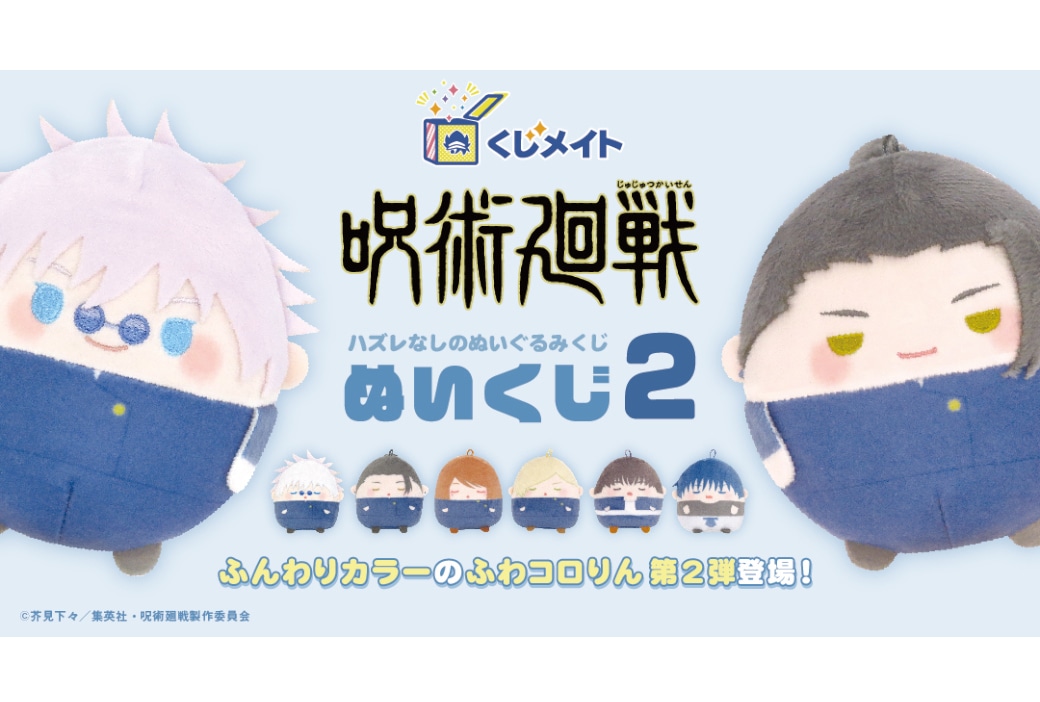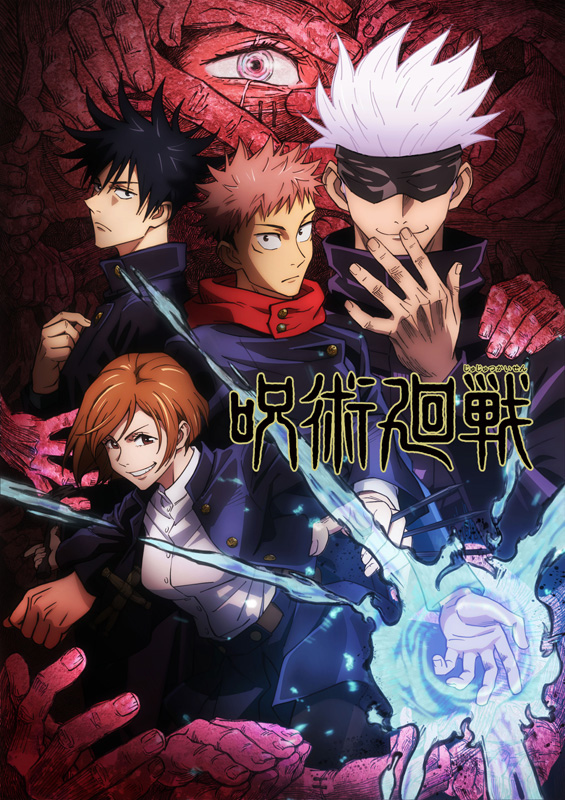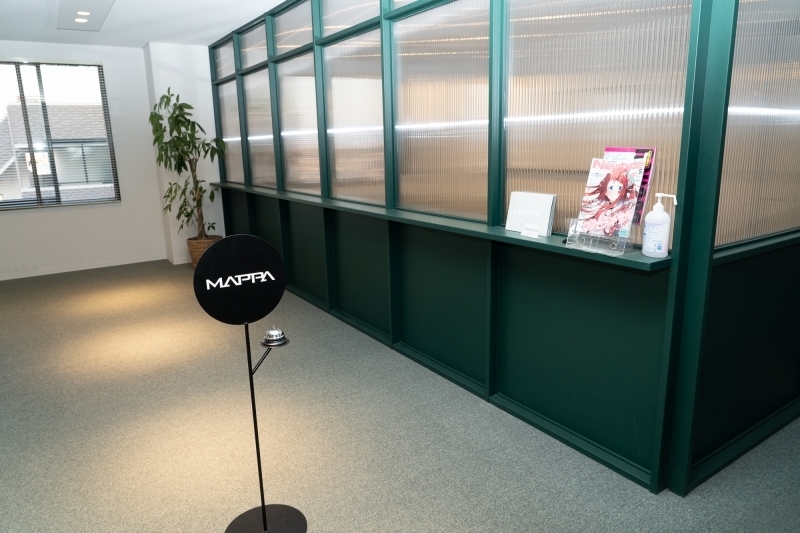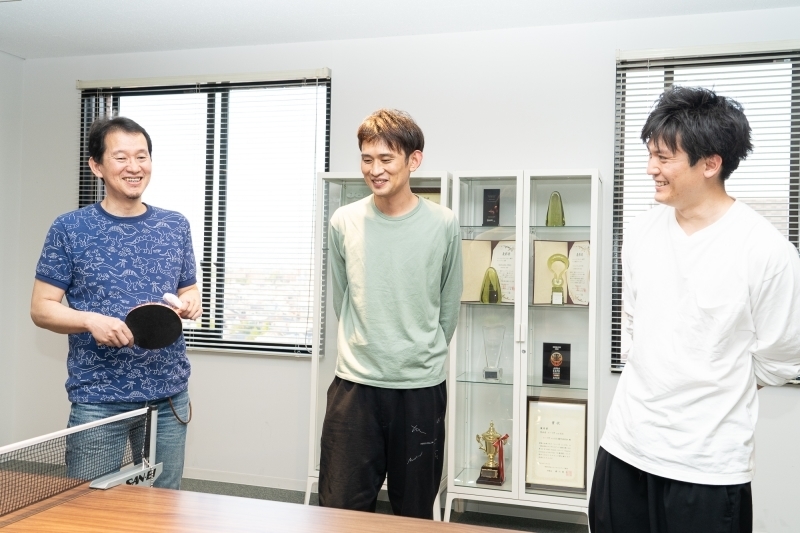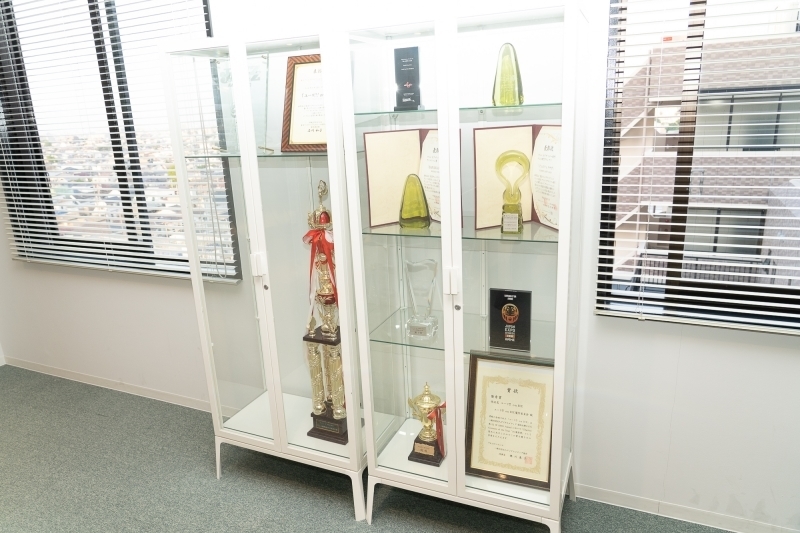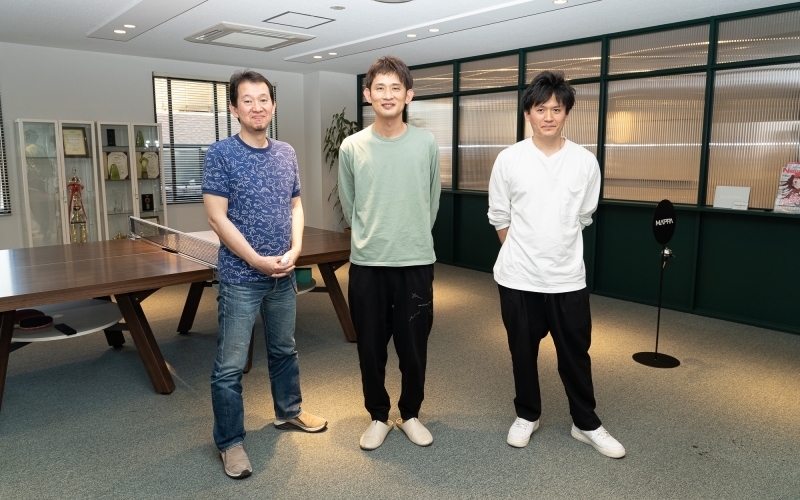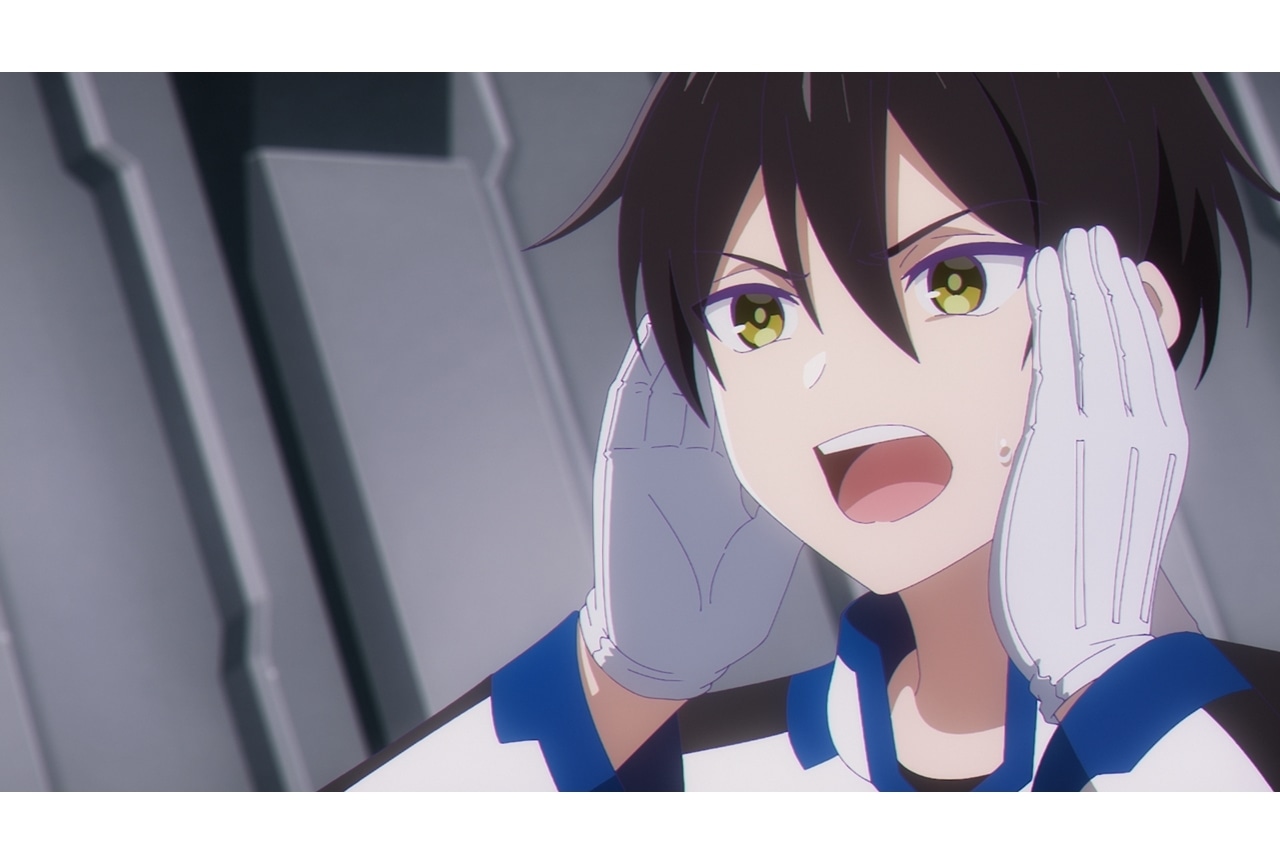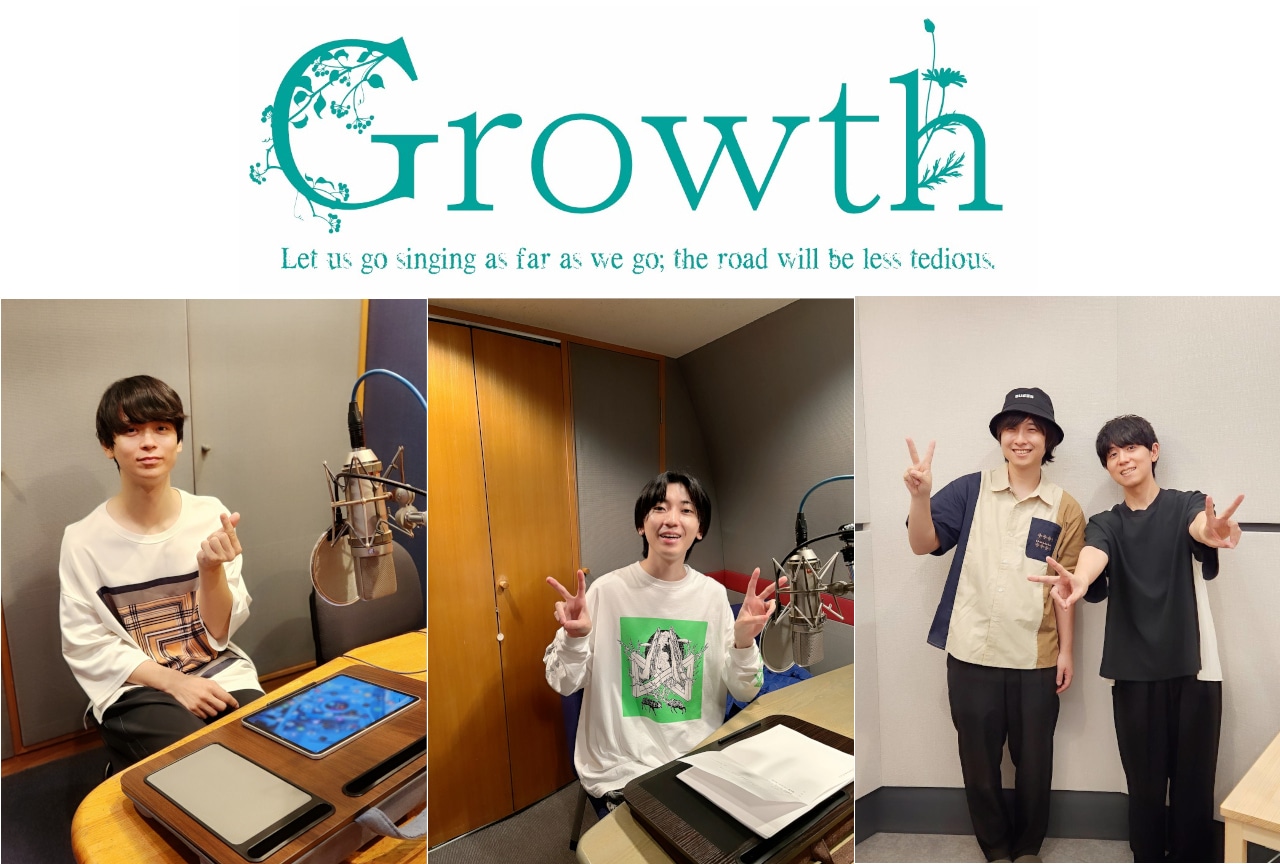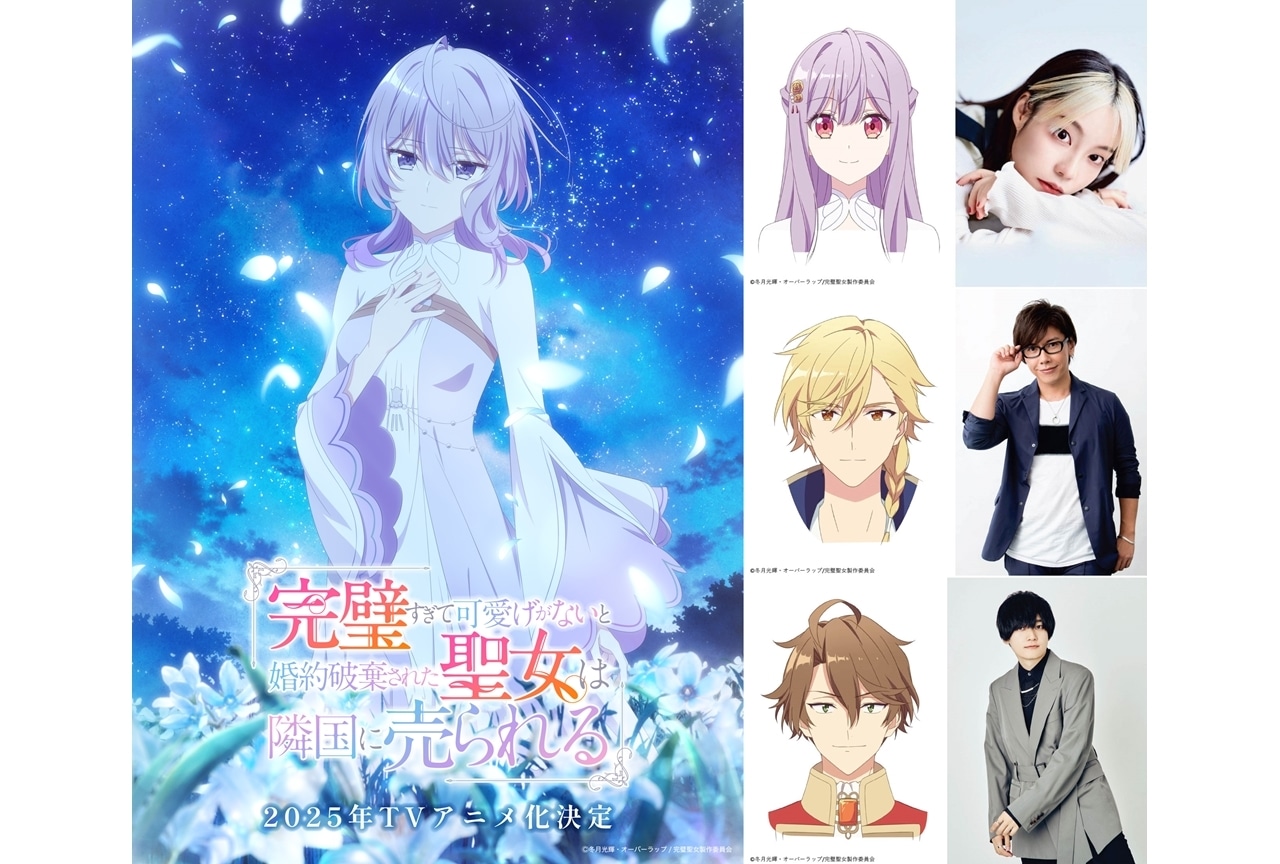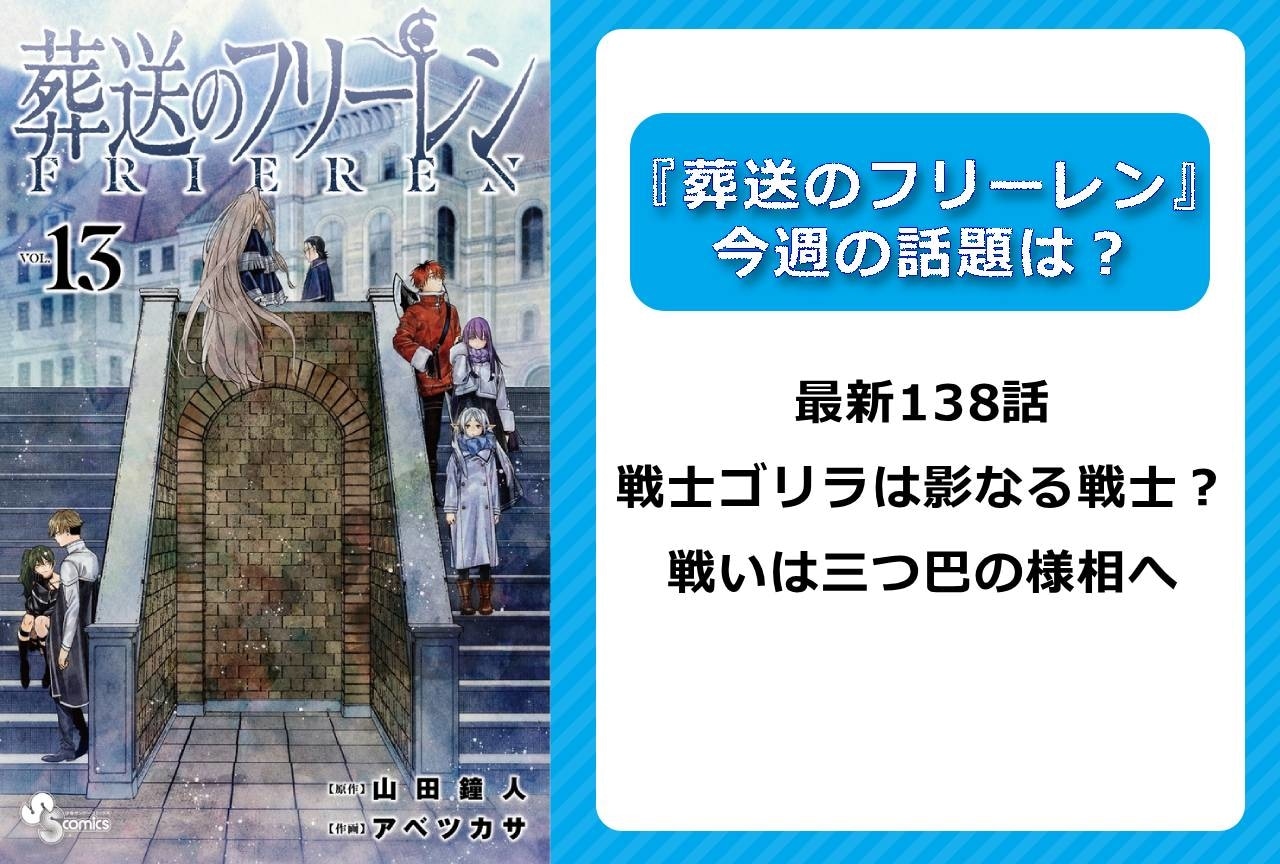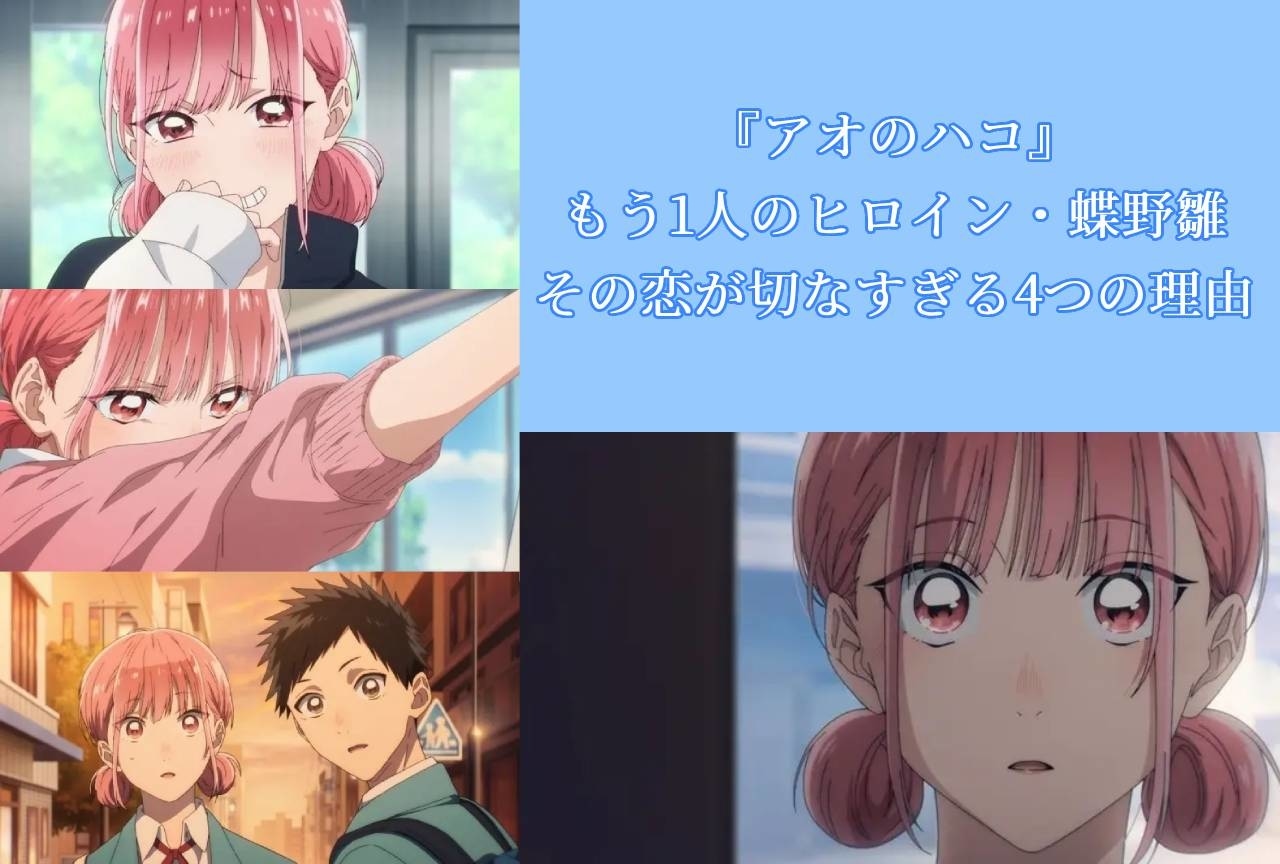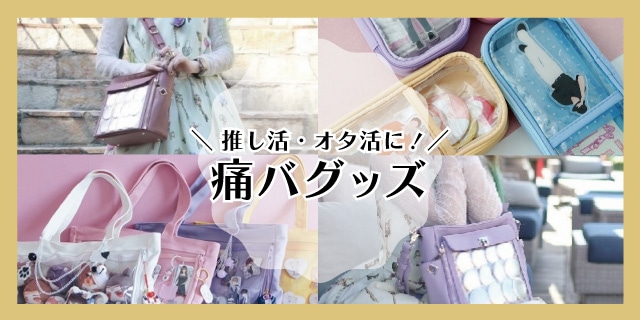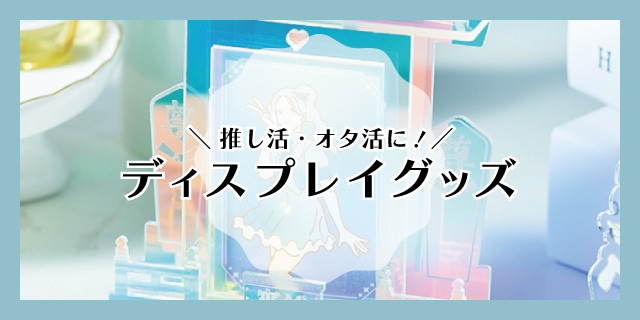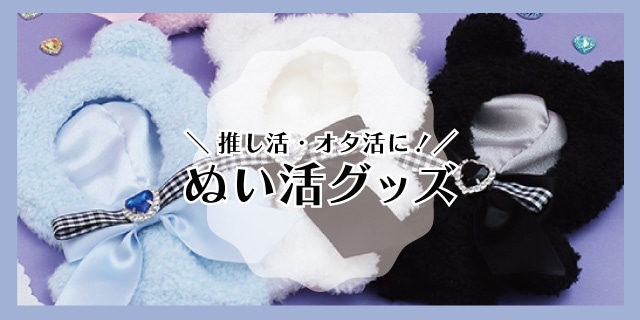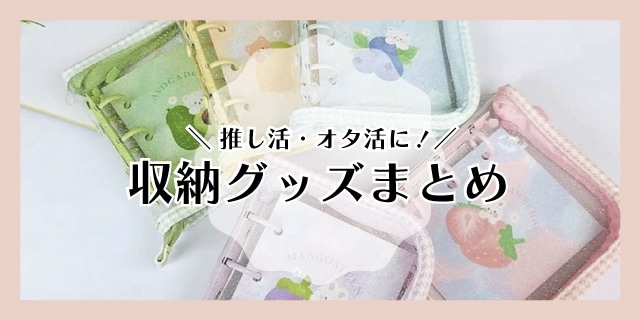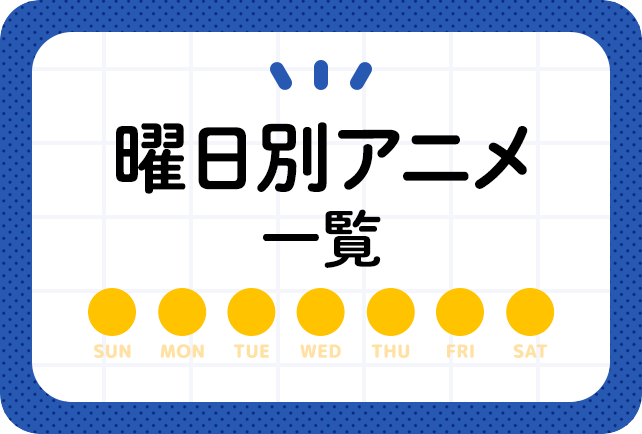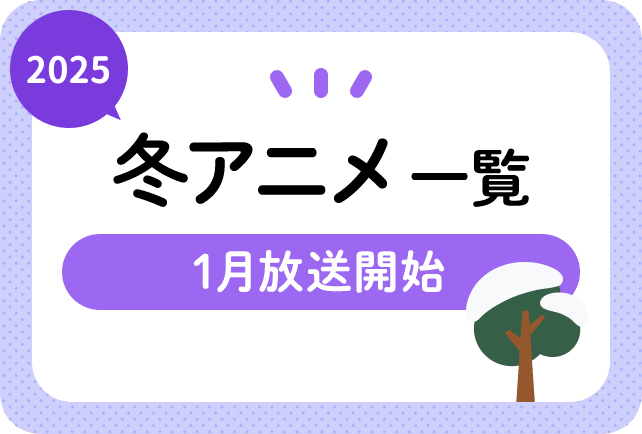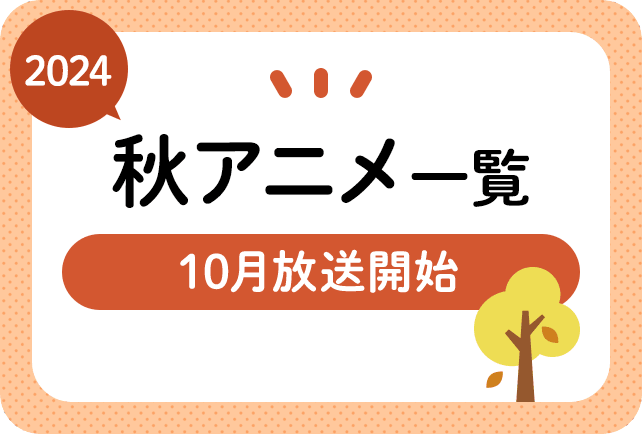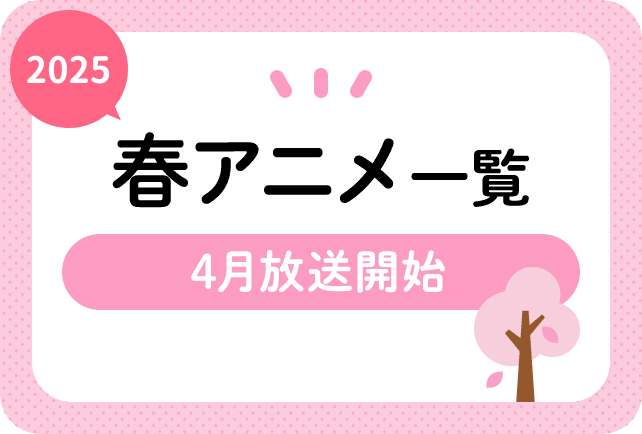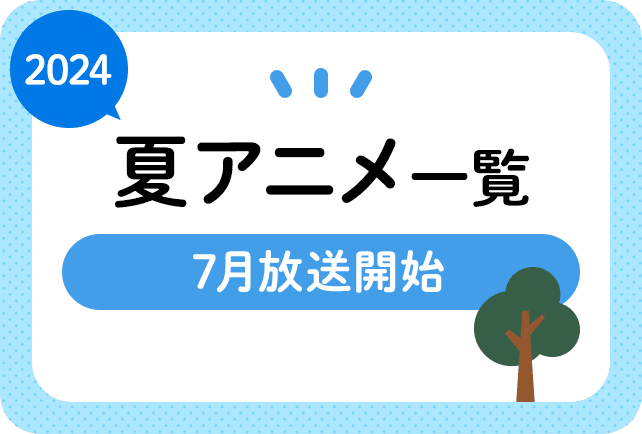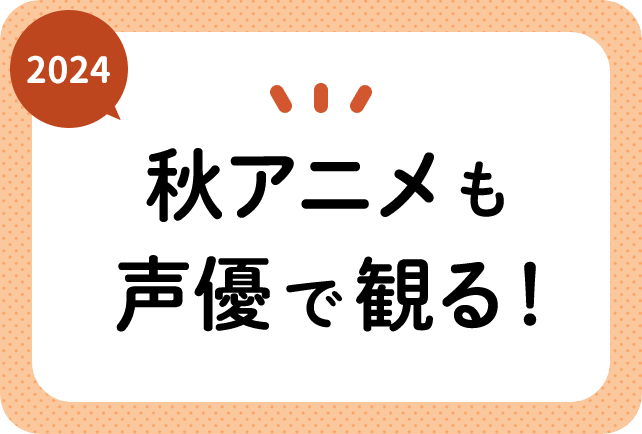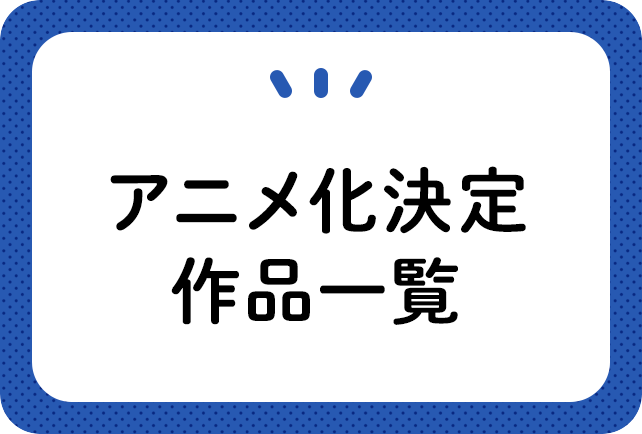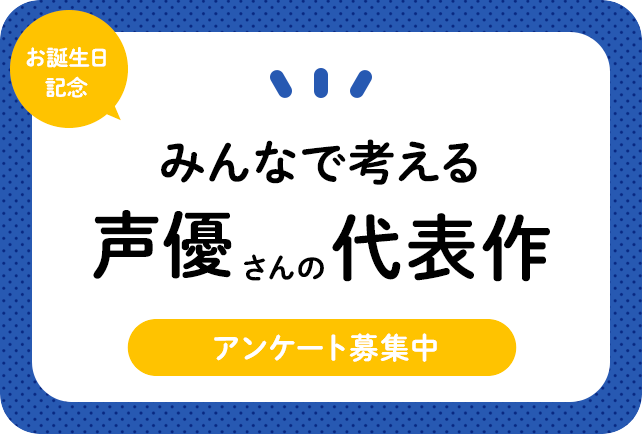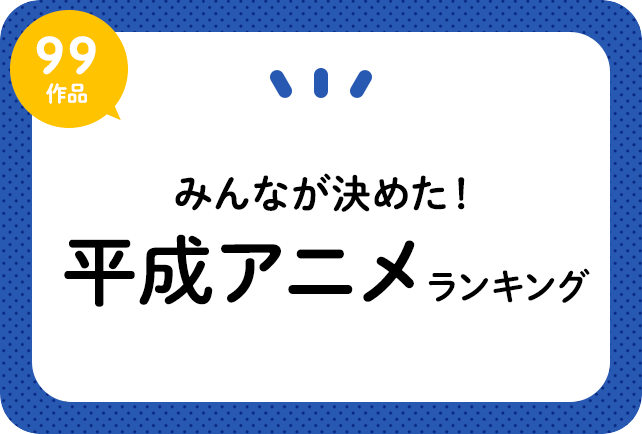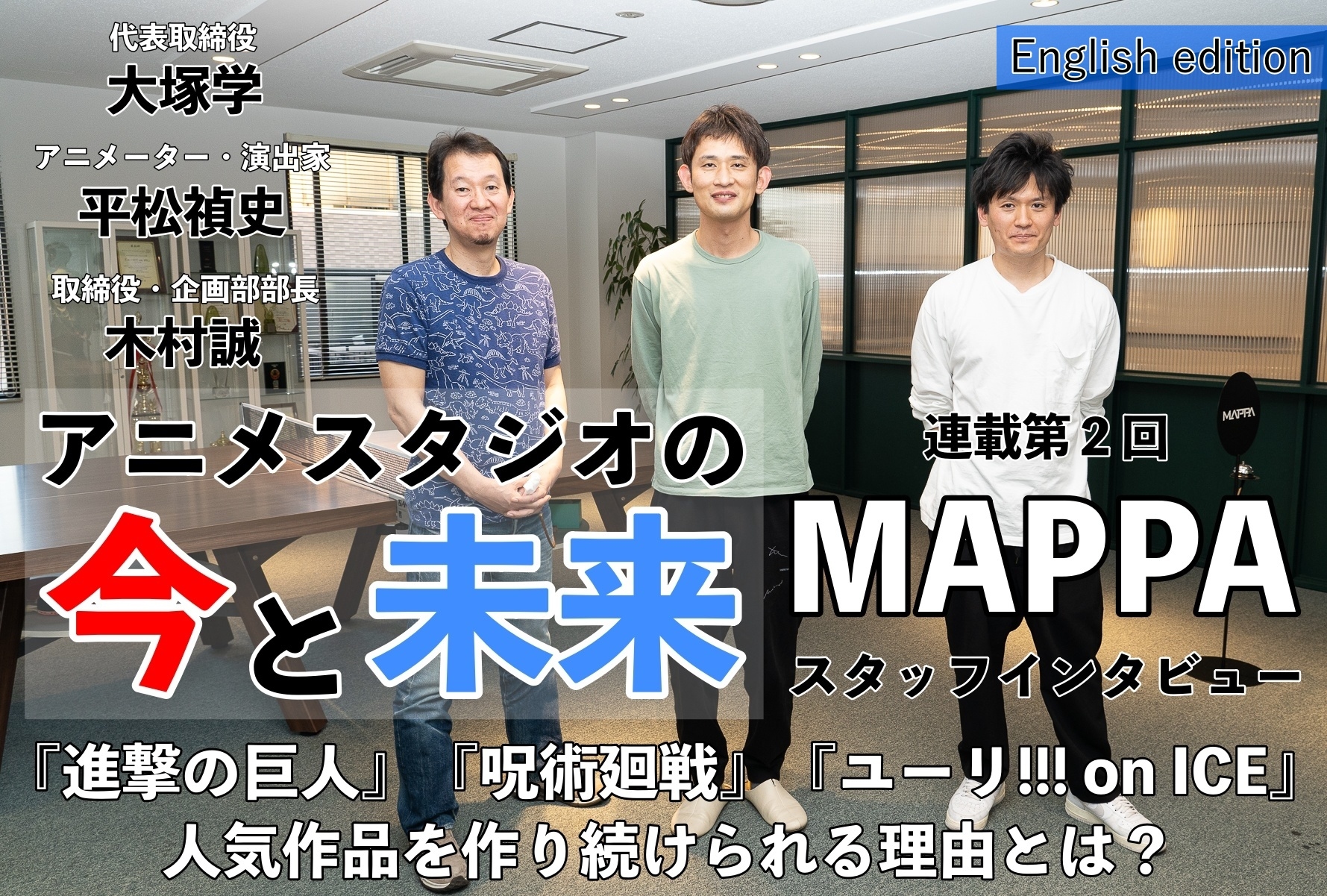
The Present and Future of Anime Studios (Part 2) Interview with MAPPA’s Staff on Making Hit Anime
animate Times’ is proud to be running our special series “The Future and Present of Anime Studios," featuring interviews with Japan's top animation studios.
In the age of social media, the reaction from fans overseas comes directly to the creators in Japan. There is one anime studio that has a surprising 460,000 followers on Twitter.
That studio is MAPPA.
MAPPA is behind many series that have been tremendously popular overseas. They keep delivering hits, including Attack on Titan: The Final Season, Jujutsu Kaisen, and Yuri!!! on ICE, and have been growing quickly. Why have they been able to keep on making anime that is immensely popular both within Japan and overseas?
We sat down with MAPPA's president, Manabu Otsuka, MAPPA animator/director Tadashi Hiramatsu, and executive director Makoto Kimura for an interview.
This article will be translated into both English (which you’re reading now) and Chinese so that fans around the world will be able to enjoy it!
▲From left to right – Tadashi Hiramatsu, Manabu Otsuka, and Makoto Kimura
Profiles
Manabu Otsuka
Manabu Otsuka is the CEO of MAPPA. He’s also been the president since April 2016. To this day, he remains involved in every MAPPA project.
Tadashi Hiramatsu
Tadashi Hiramatsu is an animator/director who works exclusively for MAPPA. He worked on MAPPA’s Yuri!!! on ICE as the character designer/an animator/chief animation director, and joined MAPPA as an employee in 2018. Recently, he’s been involved with Jujutsu Kaisen as the character designer.
Makoto Kimura
Makoto Kimura is the executive director/general manager of the planning department. He was previously a producer on Terror in Resonance, a show that aired on Fuji Television's Noitamina block. He joined MAPPA in 2018 when the studio was starting to garner praise. He’s currently a producer and in charge of new business development/project sales.
Previous “The Present and Future of Anime Studios” Articles
□Bones’ Yoshihiro Oyabu on Producing My Hero Academia|The Present and Future of Anime Studios (Part 1)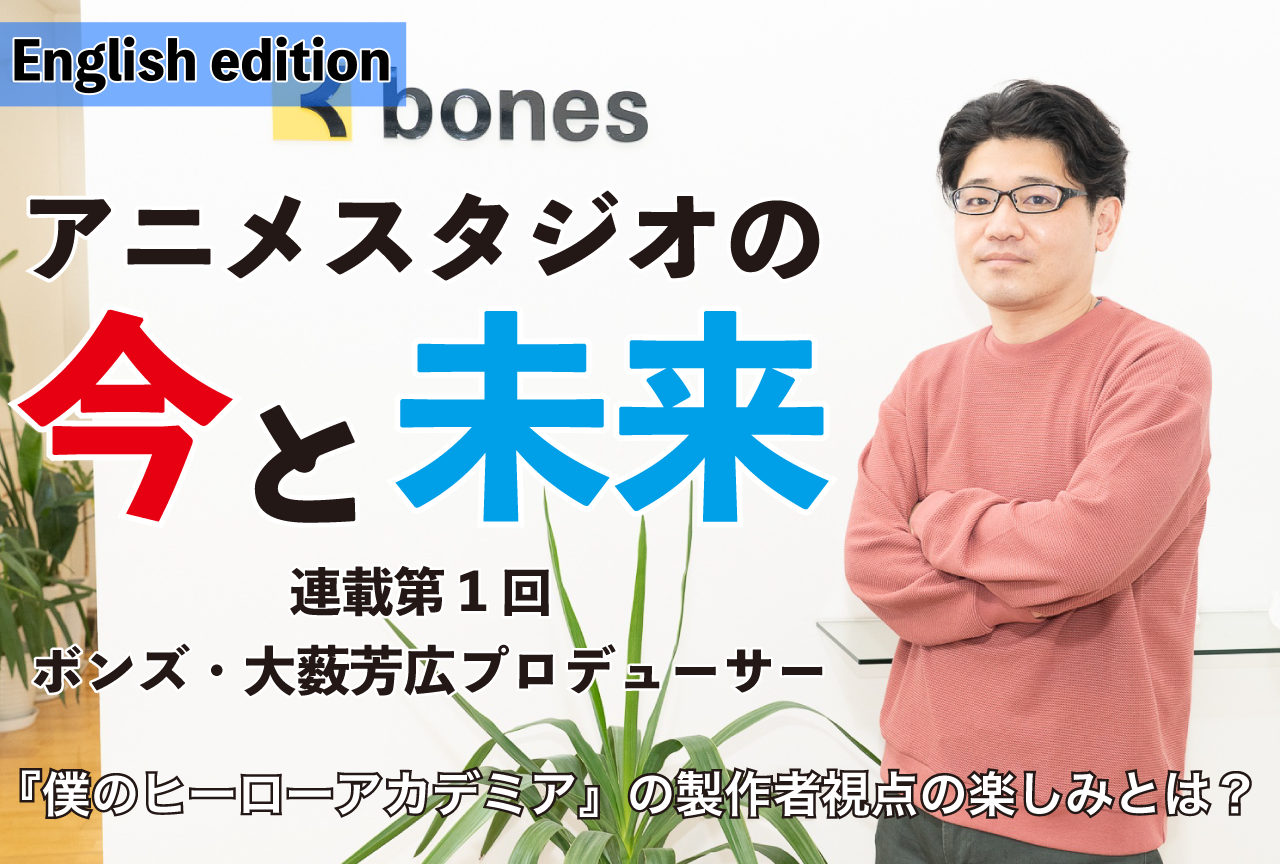
MAPPA’s Consecutive Turning Points
ーーThank you for taking the time to speak with me today. It seems like it has been a while since we’ve met in person.
Hiramatsu:I've been working from home a lot since the pandemic. Of course, that means I haven't met the president for a while, but I also haven’t seen Kimura recently either (laughs).
Kimura:That's right. I've met with Otsuka a few times, though.
Otsuka:Remotely and such.
Hiramatsu:I feel lonely since we haven’t been meeting in person as much.
ーーI see. How has your company adapted to working remotely?
Otsuka:It depends on the department. The animators and in-betweeners have been working from home as much as possible. The CGI, 3D, and background animators have adapted quickly. The company provides the equipment, and then they can work from home. It's been difficult for production, though. Making anime is a team effort, so some things can only be done when everyone gets together in the same place, especially before the episode is about to air.
ーーEvery company has been having trouble under these circumstances.
Hiramatsu:Character designs, storyboards and other parts of the preproduction process can be done at home. However, once things get going, the number of people involved increases, and there are things that can only be done in the office, especially in regards to directing. I've heard that one of the merits of switching to online meetings is that they are shorter overall, but in our business, ideas blossom from discussion. It’s not good that the place for discussion has disappeared. Good things come from meeting in person.
ーーThat is quite the problem… The main reason that I've come to speak with you today is that MAPPA has been involved with numerous hit titles. Has anything changed in the studio in response to these big hits?
Otsuka:Basically, the way we merchandise has changed. Yuri!!! on ICE (referred to as Yuri below) raised our awareness of this opportunity to increase our business, and now we are focusing on maximizing our potential. Also, the number of female staff increased after Yuri became a hit.
Hiramatsu:A while ago, I had a female fan come up to me when I was at my usual izakaya (Japanese-style bar).
Kimura:Female staff members are active on the creative side and production side.
ーーIt may be that having a massive hit created an opportunity for people to gather at your studio.
Hiramatsu:It’s important to be alert and not let the chance that having a hit creates pass by.
Otsuka:It’s said that having a hit captures the spirit of the era, and I can feel that it’s actually “the forefront of the generation.” I think the experiences from a hit anime are reflected in the next project.
ーーHave you been able to gather talented staff thanks to your massive success?
Otsuka:Rather than the projects that were hits, it’s because we work on a lot of different titles that people start to think “If I join MAPPA, they might let me work on this anime." That is the most significant influence. When new graduates enter our company, these young people may say that they watched Jujutsu Kaisen.
Hiramatsu:When you gain experience as an animator, you start to have a clear vision of what kind of anime you would like to make and what you want to draw, which is a crucial desire to have, but not all you need to continue for a long time.
Those who have realized their talent can self-actualize what it is they want to do with anime. The ones who wish to have anime in their lives are the ones who keep working and achieve success.
Of course it’s important to like what you’re doing, wanting to draw certain things, wanting to work on specific projects, but if that's everything then what is the difference between the animators and the fans? If you're not more passionate than the fans, then it's difficult to continue working.
ーーWhen you talk about continuing to work for a long time, you're talking about yourself, aren't you Hiramatsu-san?
Hiramatsu:I’ve been working for around 37 years, and there were five or six people who started at the same time as me. However, now there is only one person whose name is still appearing in credits. There are probably a few others from my generation who are still kicking around, though.
ーーSpeaking of hits, one series that has recently been successful is Jujutsu Kaisen. Has that series becoming a hit caused any changes?
Otsuka:Not only Jujutsu Kaisen, but Attack on Titan was a popular title that also garnered a lot of attention both in Japan and overseas as well. Our Twitter follower count exploded, and we couldn't help but wonder what happened to cause such an increase (laughs).
Hiramatsu:I felt like some kind of mysterious power was in action (laughs).
Kimura:Before Jujutsu Kaisen started airing, we had under 100,000 followers, so I thought if we kept trying, we could reach 100,000, but now (at the time of this interview), we’re at 450,000 followers.
Hiramatsu:This was very clear with Yuri. Before it started airing, I saw people reacting like, "how is a skating anime going to turn out," but once it started airing, there was a big reaction from overseas, with Japan reacting a bit later. I was surprised about that.
Otsuka:In regards to Jujutsu Kaisen, it was able to smoothly incorporate the latest trends in anime, which was huge. That’s what happens every time in this world.
Kimura:We regularly hold MAPPA SHOW CASE, an exhibition where all of our projects are displayed, and people have been turning out thanks to the strength of the titles. We're thinking about proactively holding exhibitions outside of special events. If we can make those arrangements, we can tie the anime and the studio together and perhaps increase the number of fans.
Hiramatsu:The way that Japan and overseas understand our projects is different. Don’t Japanese people usually look at the cast and staff? They choose what they watch based on the director or cast members.
Overseas though, to use the MCU (Marvel Cinematic Universe) or DC as an example, they create a massive genre, and people go and see those movies. Disney and Pixar are the same in that historically the studio has been the main draw, so we must pay attention to this point from now on.
ーーSo, would you say that MAPPA’s turning point was Yuri!!! on ICE?
Otsuka:Well, we’ve had a lot of turning points (laughs). There was no work between our first anime, Kids on the Slope, to Terror in Resonance, Rage of Bahamut: Genesis, and Garo: The Animation that were all made at once in 2014. After that, we've been able to work consistently.
After that, Yuri and In This Corner of the World were our first hits. With the experience of our work being universally praised under our belt, we took on the challenge of Zombie Land Saga and other works.
Recently, we’ve added Jujutsu Kaisen and Attack on Titan to our lineup, so we'll be able to take this experience, and I feel we'll look back on it as one of our turning points.
ーーThere usually aren’t that many turning points, so what was the reason that you had so many?
Otsuka:First of all, we just try and create, and hope to continue providing viewers with anime. If I only think about our pace and what suits us, then that means we have to pick up the pace.
Also, I think we had good luck. We had good momentum when moving to the next step.
Hiramatsu:When going to the next step, we went from saying “we were lucky” to “we have to summon our luck.”
Otsuka:That’s true.
Hiramatsu:When Yuri became a hit, we thought that we had to change what we were aware of.
Otsuka:Yuri connected to Zombie Land Saga and Banana Fish, which led to Jujutsu Kaisen.
Kimura:When we worked together on a Fuji Television project, I was impressed with MAPPA’s quality as an outsider.
ーーOf course, a television station would want to request you after seeing such beautiful work.
Kimura:That’s right. Terror in Resonance was the first work I did with MAPPA, and from that point on, I thought that we could regularly work together. Even now, we've continued relationships with many different companies, which has led to us being able to accumulate a lot of work.




